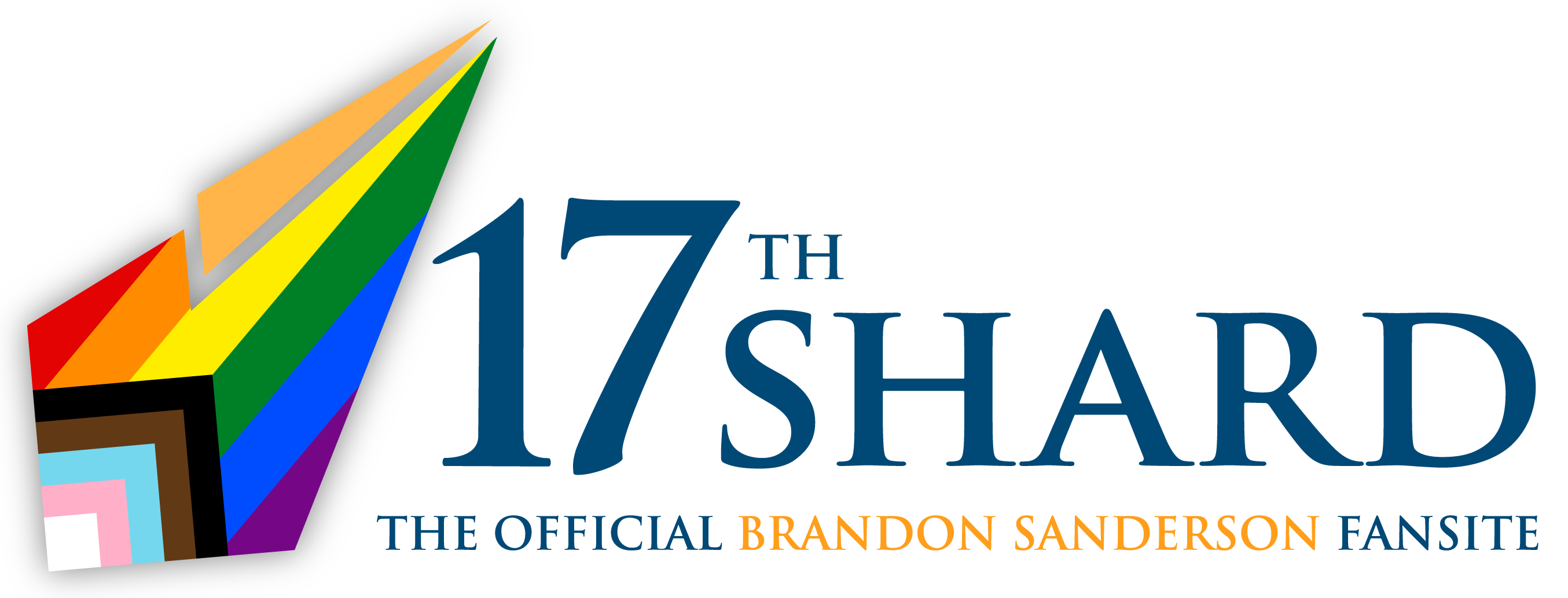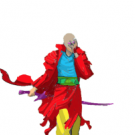-
Posts
1141 -
Joined
-
Last visited
-
Days Won
2
Ripheus23's Achievements
988
Reputation
Single Status Update
-
I have read that some cardinal numbers are ordinals/some ordinals are cardinals, maybe all are both, so I should have to redefine the "transcardinal rank" and "transordinate magnitude" notions in "transet theory."
________________________________________________
But with respect to a topic I am more familiar with...
In modal logic, which is the logic of possibility, actuality, and necessity (and which is a matter of formal logic inasmuch as we speak of the truth of premises necessitating the truth of conclusions in valid sequences), there are some symbols used as "operators," like □ for possibility and ○ for actuality (IIRC). Now there is a general rule,
- From ○x, infer □x.
The reciprocal, so to speak, is,
- From □x, infer ○□x.
And we can imagine infinite strings of these operators unfolding from x according to these rules.
In imperative logic, the operators are for "do" and "don't (do not)." At least, this is the way I approach IL.* So I use + for "do" and ¬ for "don't." Natural language supports prefacing any given imperative sentence, such as, "Be nice," with, "Do," as in, "Do be nice" (archaic, granted), and exclamations like, "Don't do that!" testify to iterated countermands. So, we can say, "Do do that," "Don't not do that," and so on. In a string of IL operators, if there are an even number of ¬ marks, they all cancel out and the overall sequence counts as a command. +¬ = ¬, ¬+ = ¬. (Two pluses plainly make a plus.)
*[Another option is to underline the set of words expressive of the command (the x itself, here), or to expand all imperatives into propositional reports, e.g. to convert, "Go to the store," into, "Act so that it is true that you go to the store." (A propositional report is otherwise usually known, IIRC, as a "that-clause.")]
What happens, then, if we sum the dyadic helix of modality or the IL prefaces? IDK for sure, except in the IL case (an infinite negative command is equivalent to a single positive one). Modalitywise, for the sake of the deep metaphysics (called "metagraphics" in the setting) of the Ripheus story, I am going to assert that the "unpacking" of the actuality operator, from the possibility of x, in an infinite sequence, creates an infinite "surfeit" of virtual actuality(?), which forms the material plenum of transcreation. That is, when the computer of the multiverse runs the possibility-actuality program, it applies aleph-zero to the calculation, extracting an infinite quantity of pure actuality from pure possibility (in light of the use of summation notation intended for the full description of this postulate, I am referring to the dynamic as "sigma-actuation"). The sigma-function for IL equalizes the pure command as a pure positive imperative, and the relationship between IL and modal logic* unifies the three glyphic sequences to forge the crucible of transcreation, if you will.
*[Although it is possible to state conjunction, negation, and disjunction in natural imperative language, it is ungainly to say something like, "If go to the store, go for a walk," in contrast to, "If you want to go to the store, go for a walk." However, the "fi"-operation corresponds to the "if"-operator:
- From A, infer B.
... which in all lexical fairness could just as well be put as, "Infer B from A." This is inference itself as a command, which corresponds to modus ponens simpliciter:
- If A then B.
- A.
- Therefore B.
Accordingly, IL comprises the pure inference function itself, and this, as the if-operation, comprises pure possibility (where, "X is possible," is explained as, "There is a situation A such that if A, then X," which indexes the possibility of X to A). Immanuel Kant confusingly enough states both that necessity is that which is actual because it is possible, as well as if the necessary were a unique concept over and above possibility and actuality; in my system, possibility and actuality are dealt with as the dyad-elements of the modality transet.]
-
**Whereas the if-theory of modality supposes that necessity is that which would be true under any and all if-operations, i.e., "X is necessary," means, "If anything at all, then X." Now it might be true that to MAKE it true that something obtains just in case anything else does, requires additional modal force/power, so to speak, though.




